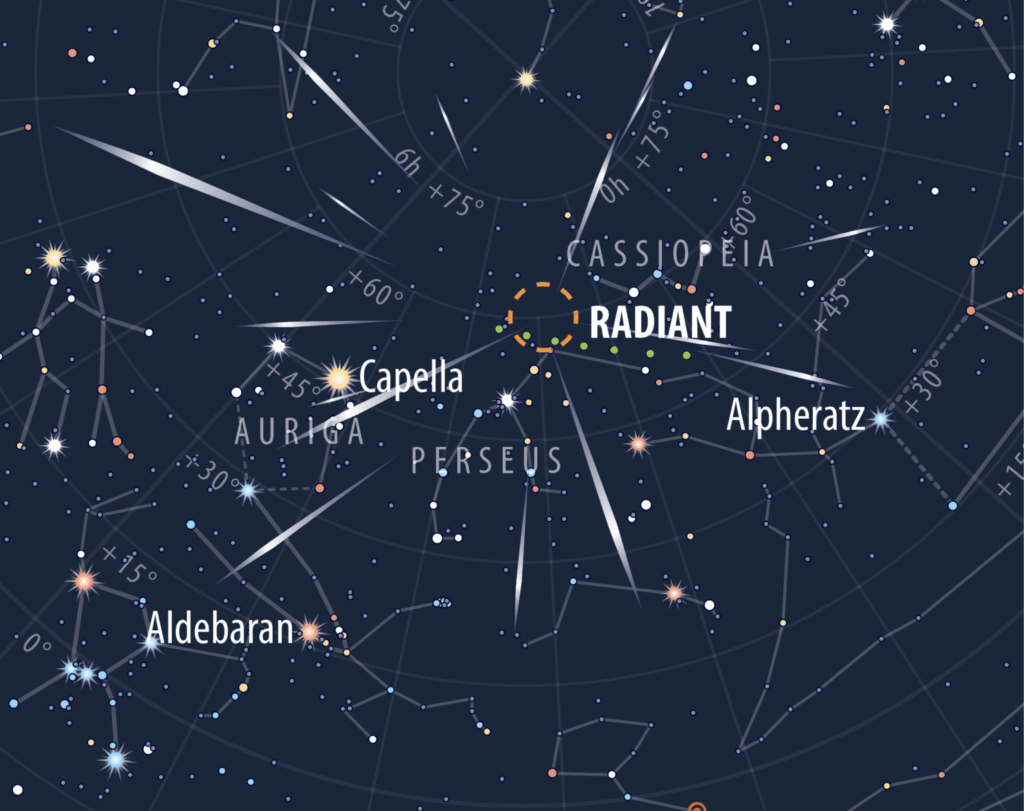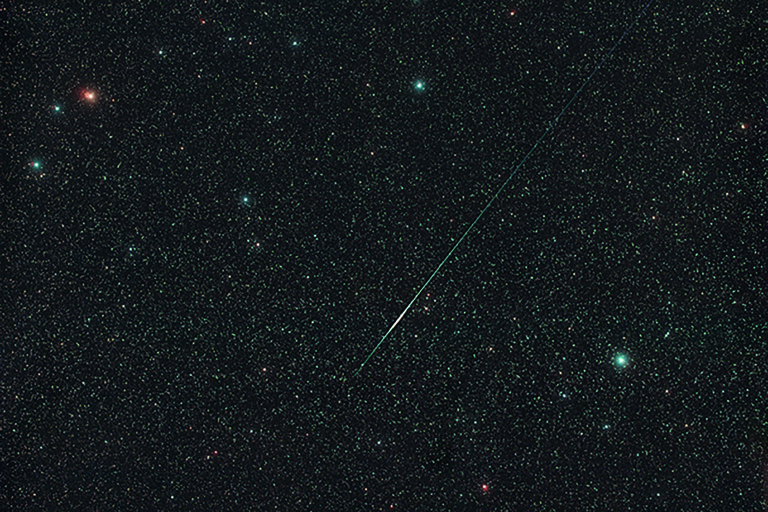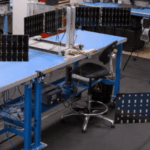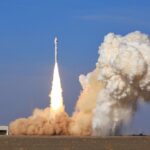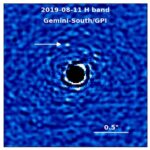Now Reading: Is the Hubble Tension Resolved?
-
01
Is the Hubble Tension Resolved?
Is the Hubble Tension Resolved?
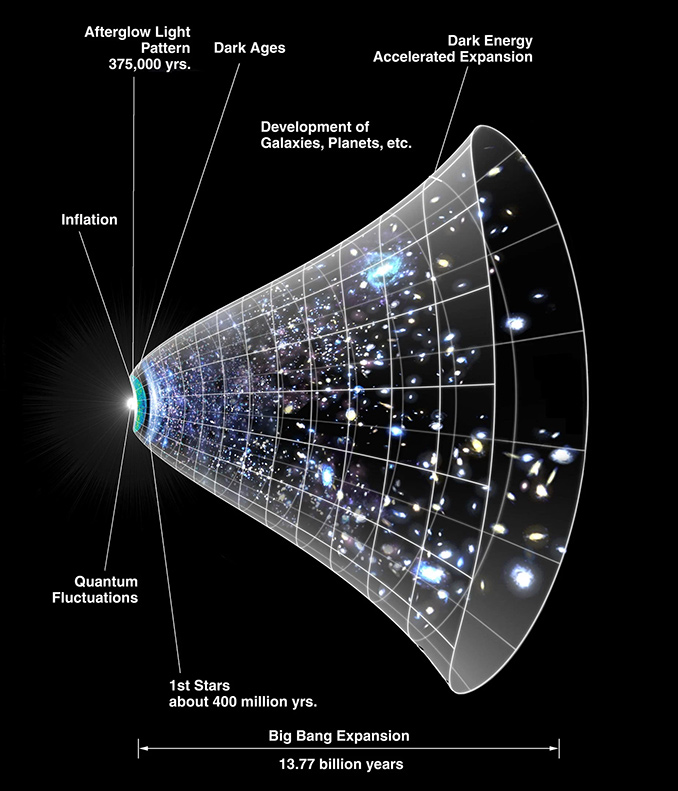
The “Hubble tension” refers to a long-standing discrepancy in measurements of the universe’s expansion rate — specifically, between values calculated from nearby observations (like Cepheid variable stars and Type Ia supernovae) and those inferred from the early universe via the cosmic microwave background (CMB).
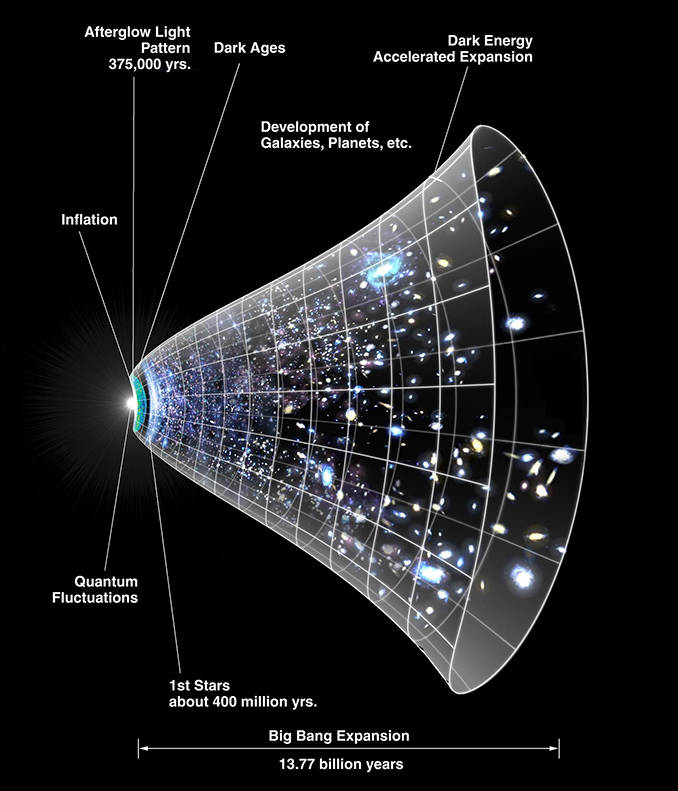
Initially, the differences were small enough that the error bars overlapped, leaving room for agreement. But as measurements became more precise, the gap widened. This raised exciting possibilities: perhaps our understanding of cosmic expansion was incomplete, or maybe new physics was waiting to be discovered.
Now, a new study has revisited this question using refined distance measurements from both the Hubble Space Telescope and the James Webb Space Telescope. The results show a local expansion rate of 70.4 kilometers per second per megaparsec, with a 3% margin of error. In contrast, the Planck satellite’s measurement from the CMB is 67.4 km/s/Mpc, with a much tighter 0.7% margin. Importantly, these updated margins now overlap—suggesting the tension may have been resolved after all.
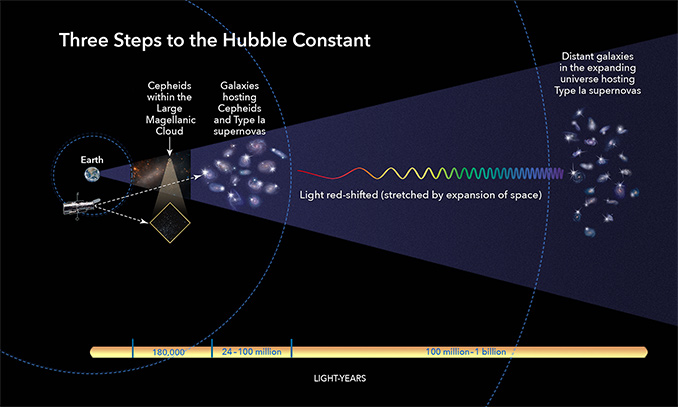
NASA, ESA and A. Feild (STScI)
If this holds up, it means the standard model of cosmology still stands firm. That’s scientifically reassuring, but perhaps a little disappointing to those hoping this tension would open a window to new physics—just as the discovery of the Higgs boson in particle physics confirmed existing models rather than overturning them. For now, it seems the universe is playing it safe.
Stay Informed With the Latest & Most Important News
Previous Post
Next Post
-
 012024 in Review: Highlights from NASA in Silicon Valley
012024 in Review: Highlights from NASA in Silicon Valley -
 02Panasonic Leica Summilux DG 15mm f/1.7 ASPH review
02Panasonic Leica Summilux DG 15mm f/1.7 ASPH review -
 03From Polymerization-Enabled Folding and Assembly to Chemical Evolution: Key Processes for Emergence of Functional Polymers in the Origin of Life
03From Polymerization-Enabled Folding and Assembly to Chemical Evolution: Key Processes for Emergence of Functional Polymers in the Origin of Life -
 04How New NASA, India Earth Satellite NISAR Will See Earth
04How New NASA, India Earth Satellite NISAR Will See Earth -
 05And Thus Begins A New Year For Life On Earth
05And Thus Begins A New Year For Life On Earth -
 06Astronomy Activation Ambassadors: A New Era
06Astronomy Activation Ambassadors: A New Era -
07SpaceX launch surge helps set new global launch record in 2024












